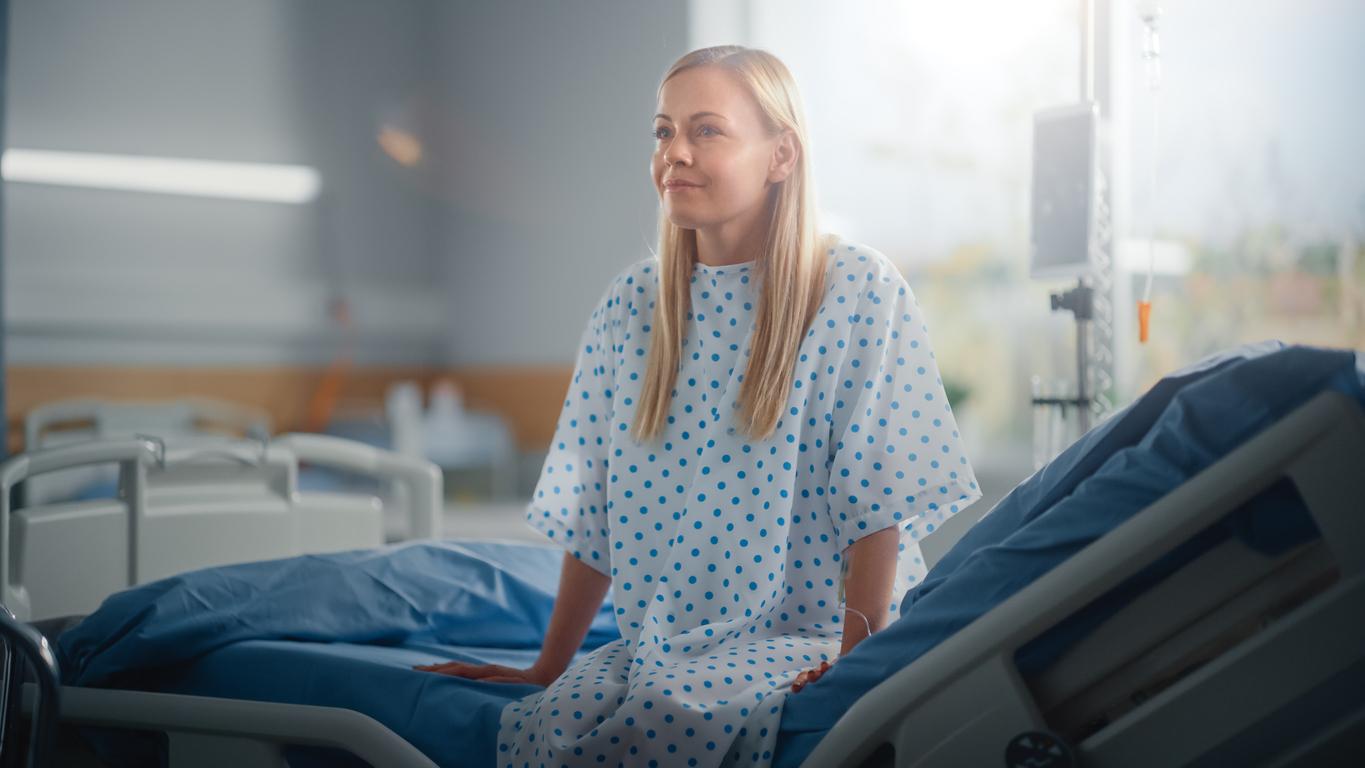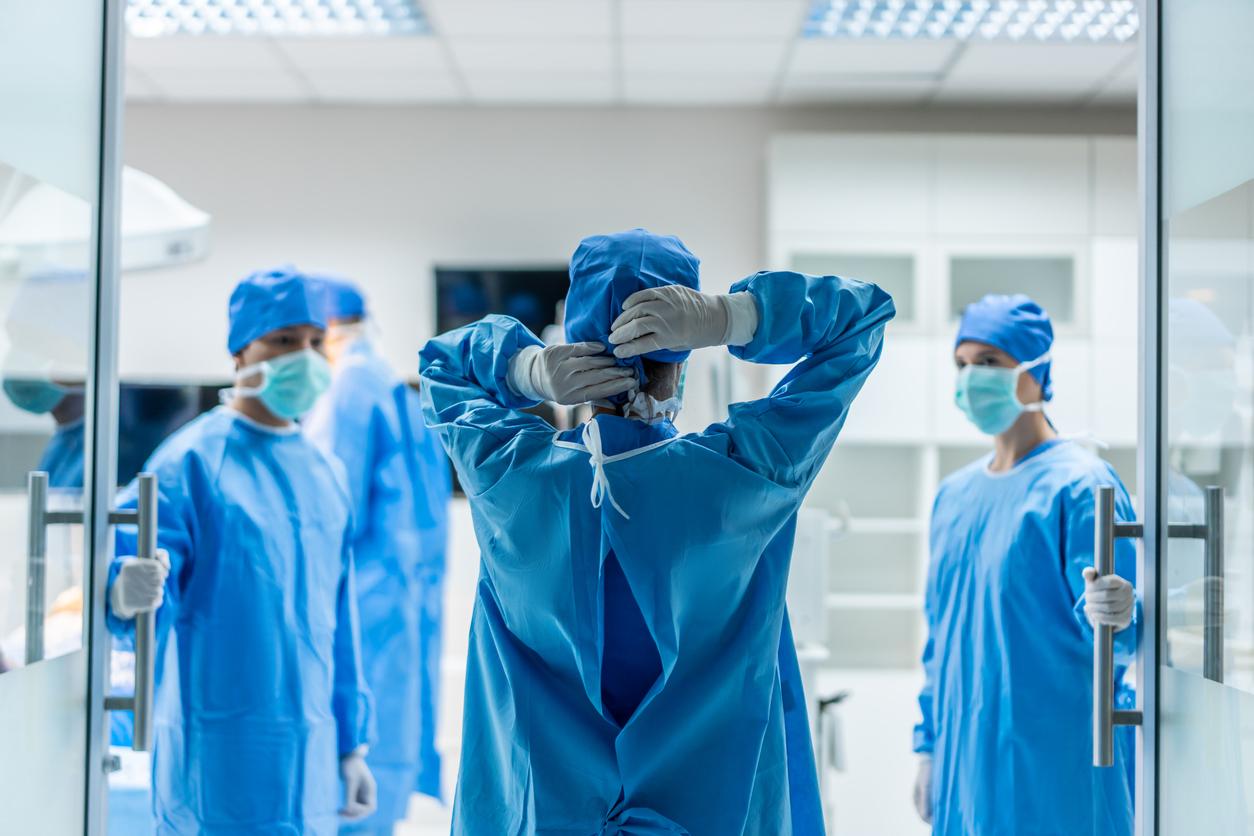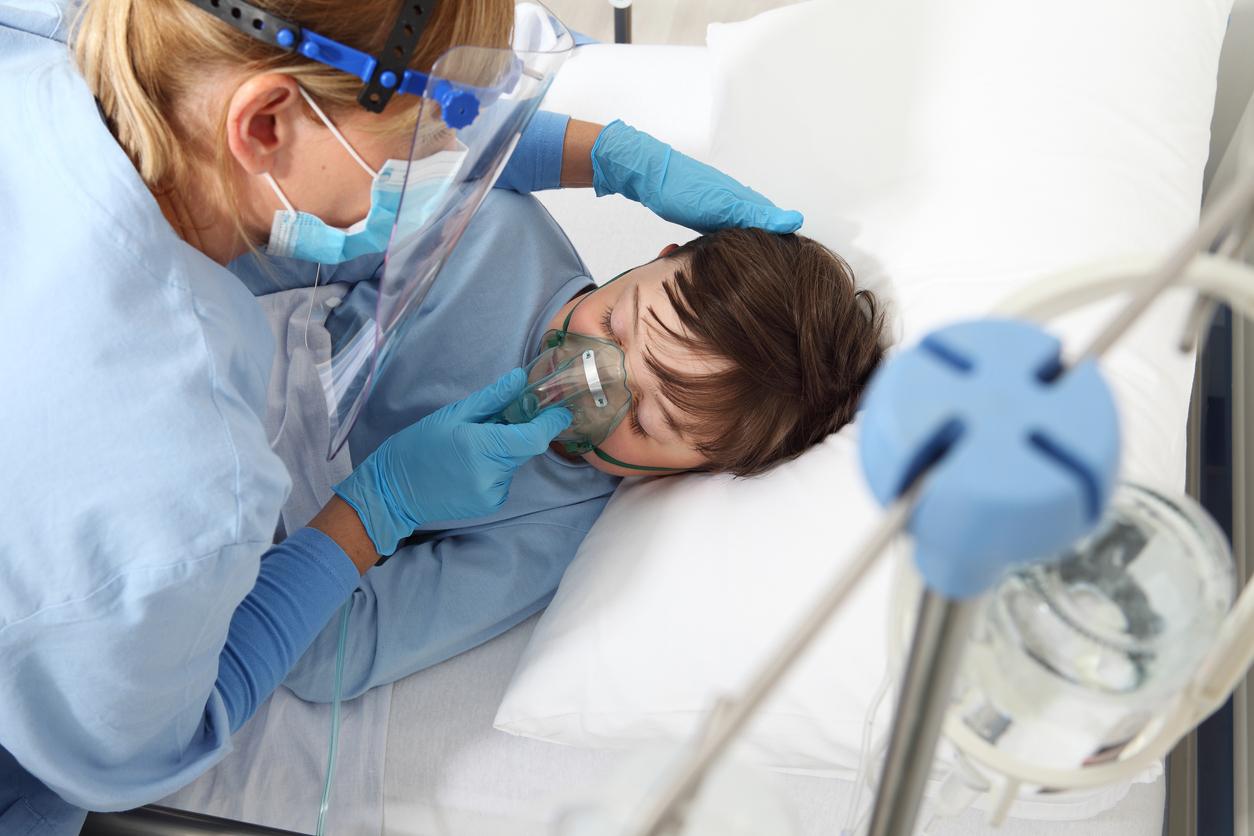If there is a history, a checkup is necessary
The varicose vein is a dilated vein, hence its unsightly nature when it is just under the skin. But some varicose veins are not visible, especially in cases of overweight.
The varicose disease is above all a family disease. The risk of developing varicose veins is 90% if both parents are affected, 62% in a girl with only one parent affected (25% for a boy) and 20% in the absence of a family history (Source : “Role of the familial factor in varicose disease”, study directed by André Cornu-Thénard & al.)
“Varicose veins are not only unsightly veins,” explains Dr Jean-Luc Gillet, president of the French Society of Phlebology (SFP), phlebologist in Bourgoin-Jallieux (Isère). These diseased veins are the manifestation of a real disease, varicose disease. If it is not taken care of, it evolves and can threaten health. “
The main risk is the formation of a clot, which can be complicated by phlebitis deep and sometimes pulmonary embolism. Varicose veins can also be the cause of skin disorders: eczema, pigmentation, varicose ulcer … Complications that should no longer be seen with current treatments.
Varicose veins can be the cause of feelings of heavy legs, edema formation at the end of the day, but not always. It also happens that they are not accompanied by any particular symptoms! “Both discomfort and pain are a warning sign, especially if there is a history of varicose veins in the family, but not only,” specifies Dr. Gillet. The mere fact of having varicose veins, whether you are a woman or a man, should lead to a consultation. “
The consultation of a vascular phlebologist makes it possible to carry out a complete assessment in search of an anomaly. Thanks to the echo-doppler (examination using ultrasound)) carried out in addition to the clinical examination, he will be able to establish a precise cartography of the superficial and deep venous network, and to propose an adapted treatment if necessary.
A choice of tailor-made treatment
The earlier the varicose veins are treated, the easier and faster the treatment will be and carried out in the office. “Thanks to endovenous, chemical or thermal methods, which destroy the internal wall of the varicose vein and cause it to retract or disappear, we now have techniques which allow a real treatment à la carte, specifies Dr. Gillet. The choice depends on the importance and extent of the varicose veins to be treated. “
The chemical method, foam sclerotherapy.Sclerotherapy is the treatment of choice for varicose veins of small or medium caliber (up to 6 or 7 mm on average). A sclerosing product, liquid or most often in the form of a foam, is injected. It is performed in the doctor’s office, in one or more sessions depending on the number and extent of varicose veins to be treated, starting with the largest. The resumption of usual activities is immediate.
Thermal, laser or radiofrequency methods. They use heat and are aimed at the largest varicose veins (greater than 8 mm). Carried out on an outpatient basis (you go home in the evening), they are a little heavier and require a surgical environment, in a clinic or in a hospital environment. They are performed under anesthesia unlike chemical methods.
Return to work is possible the next day, or even two days later. They are not reimbursed by Social Security, even if the radiofrequency is trecognized as an alternative to surgery by the Haute Autorité de santé. Hence still too frequent recourse to surgery when these endovenous methods are superior in quality of life and comfort for patients. And are especially less invasive, including for interventions on the saphenous veins, whether it is the large saphenous vein, the one that runs along the entire leg from the ankle to the groin, or the small one, that stops behind the knee.
Stripping is used less and less
Surgical treatment (stripping) consists of “tearing” the saphenous veins. It can be performed on an outpatient basis (with discharge on the day of the operation), but patients most of the time remain hospitalized for a night or two. A work stoppage of 2 to 3 weeks is quite frequent. Wearing a venous retainer in the following weeks is most often recommended. As for sun exposure, it is strongly discouraged, at least until the bruises have disappeared!
” With l’Doppler echo, we realized that the surgery stimulated the formation of venules at the incisions that could be the origin of new varicose veins. It is therefore necessary to favor the least aggressive possible treatments ”, specifies the phlebologist.
Small, unsightly veins: we treat them last
Spider veins are a bit like the tree hiding the forest, they are not always isolated. They can then be associated with an underlying varicose disease. So that they do not recur, it is first necessary to treat varicose veins. Once removed, these unsightly venules can be treated by microsclerosis in the office.
This will require, depending on their extent, one or more sessions spaced 3 weeks apart on average. Notable difference with sclerotherapy of varicose veins, microsclerosis is not reimbursed by Social Security.


















